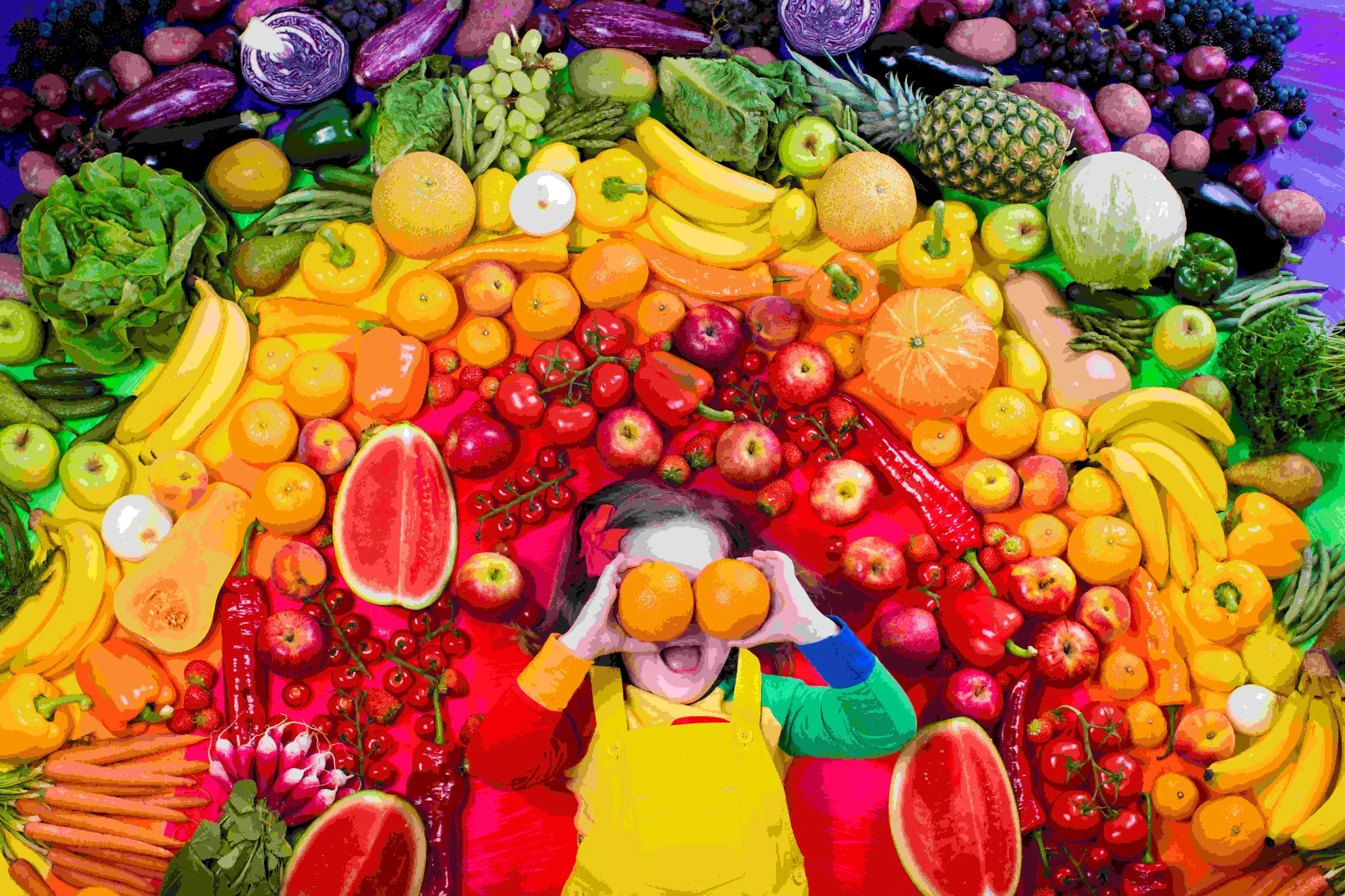Keep an eye on your peepers
keep an eye on your peepers
Put down your phone and pick up a pepper
From the moment you open them to the very last time you close them, your eyes need looking after. In this digital age, blue light exposure is the biggest concern.
The human body naturally follows a circadian rhythm—we’re awake during the day and asleep at night. This pattern has been predicated primarily on the light and dark cycles from the sun with regulation mediated by light exposure. The rods and cones allow for vision and colour but there is a third type of photoreceptor whose sole function is to tell the body when it is day or night, and therefore when it is time to sleep or wake. These photoreceptors are activated by high-energy blue light, one of the various wavelengths comprising visible light.
The sun is (obviously) a major source but digital devices and energy-efficient indoor lighting also emit blue light; as the use of digital devices has increased substantially, there are serious concerns as to the effects of blue light on eye health. Blue light intensely suppresses melatonin production and impairs sleep, circadian timing and alertness the next day—some reports even indicate using your phone before bed can reduce melatonin secretion by up to 23 percent. The influence of prolonged screen time on the circadian rhythm has prompted investigation, but high levels of exposure also pose a risk to eye health. While UV light primarily impacts the outer layers of the eye, much of the high-energy blue light focuses on a specific area at the back of the eye—the macular, which is responsible for sharpness, clarity of vision, and colour perception. Absorbing the energy from blue light causes increased free radical formation and oxidative stress which has a cumulative effect: in the short-term, this manifests as headaches, eye strain, and fatigue, and in long-term could result in a progressive loss of vision.
Age-related macular degeneration (AMD) is the most common cause of blindness in older people and is a result of damage to photoreceptor cells; the cells most affected by high-energy blue light. Think how much screen time you have in your daily life; the modern workplace has us in front of display screens all day long, while our evenings are spent in front of the TV with our phones in hand.
It’s crucial you take care of your visual health to protect your vision throughout your lifetime, and there are many ways you can do so. Research has previously highlighted the potential benefits from ingredients such as omega-3s fatty acids, vitamins C and E, and zinc—and there are plenty more nutrients that could help.
Scarily, 285 million people worldwide are estimated to be visually impaired; the rapidly ageing global population and prevalence of related conditions such as diabetes combine to mean the number of people with sight problems looks set to double in the next 25 years. A recent report even estimated it will cost the European Union €89.46 billion per year to manage the consequences of severe or late macular degeneration alone! That’s quite an economic toll that can be mitigated by proper nutrition.
There is substantial evidence to suggest carotenoids help. Analogous to sunglasses worn to protect the eyes from UV light, lutein and zeaxanthin play an important role in the protection of the macular, acting as a filter and blocking blue light from reaching the underlying structures and reducing the risk of damage. Beta-carotene and alpha-carotene can be converted in the body to vitamin A, an essential component of the protein that absorbs light in the retina; and lycopene, found in tomatoes, may reduce your risk of AMD later in life. Choose fruit and vegetables with beautiful red, orange and yellow hues; the redder the tomato, the more lycopene is present. There’s a reason eating carrots is synonymous with healthy eyes! Find lutein and zeaxanthin in dark leafy greens, broccoli and eggs. Vitamins C and E make a potent antioxidant mixture and can also be helpful in targeting the free radicals produced from oxidative stress. A high omega-3 level in your diet means you’re 30 percent less likely to develop macular degeneration, so supplement or up your oily fish intake.
Visual impairment is no longer an inevitable consequence of ageing but it’s crucial preventative measures continue to be put in place throughout your life. Keep an eye on your visual health and try supplementing with carotenoids, antioxidants and omega-3s.










Why doesn’t the human body crave the nutrients in fruits and vegetables, preferring instead to demand sugar and fat in unhealthy quantities?